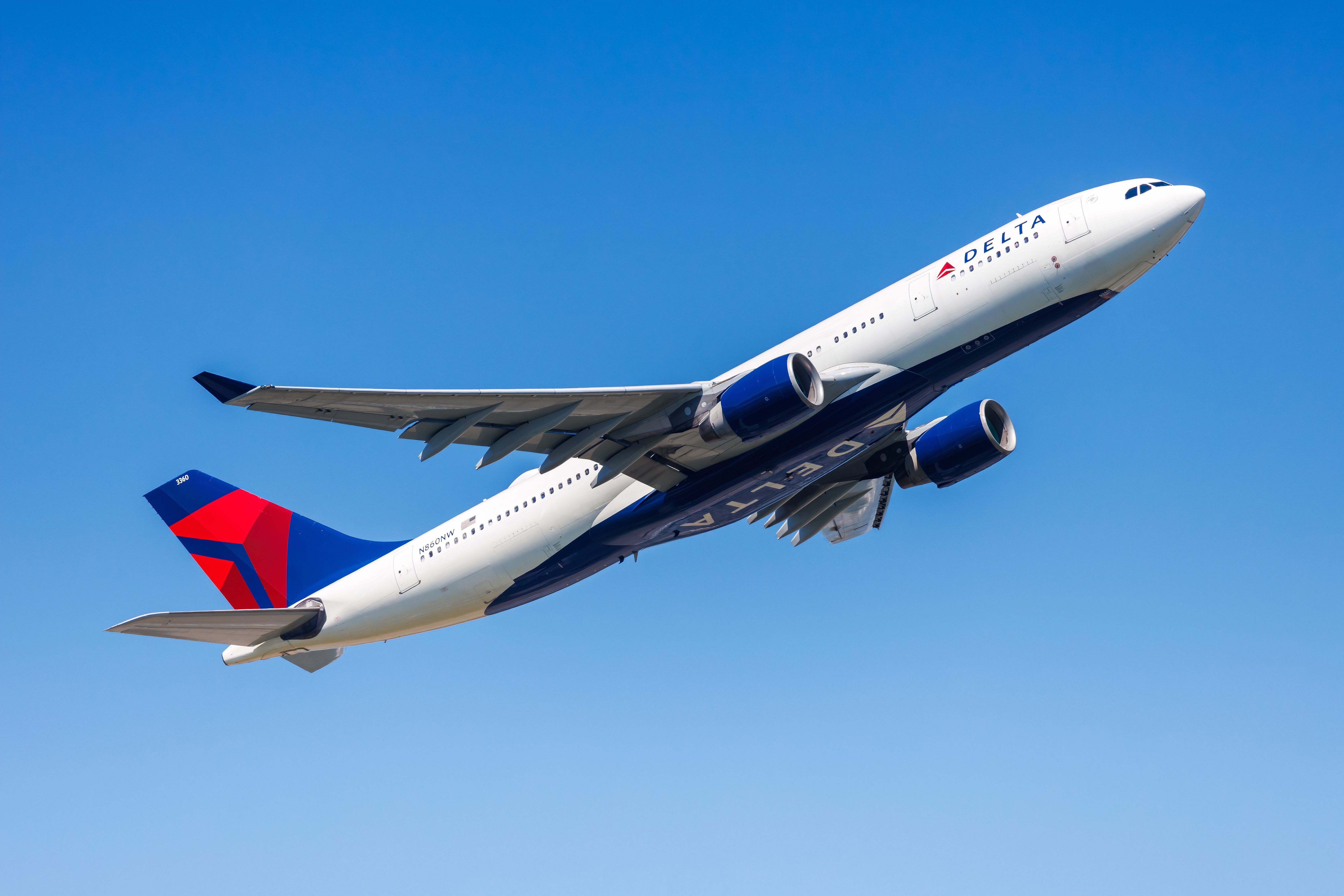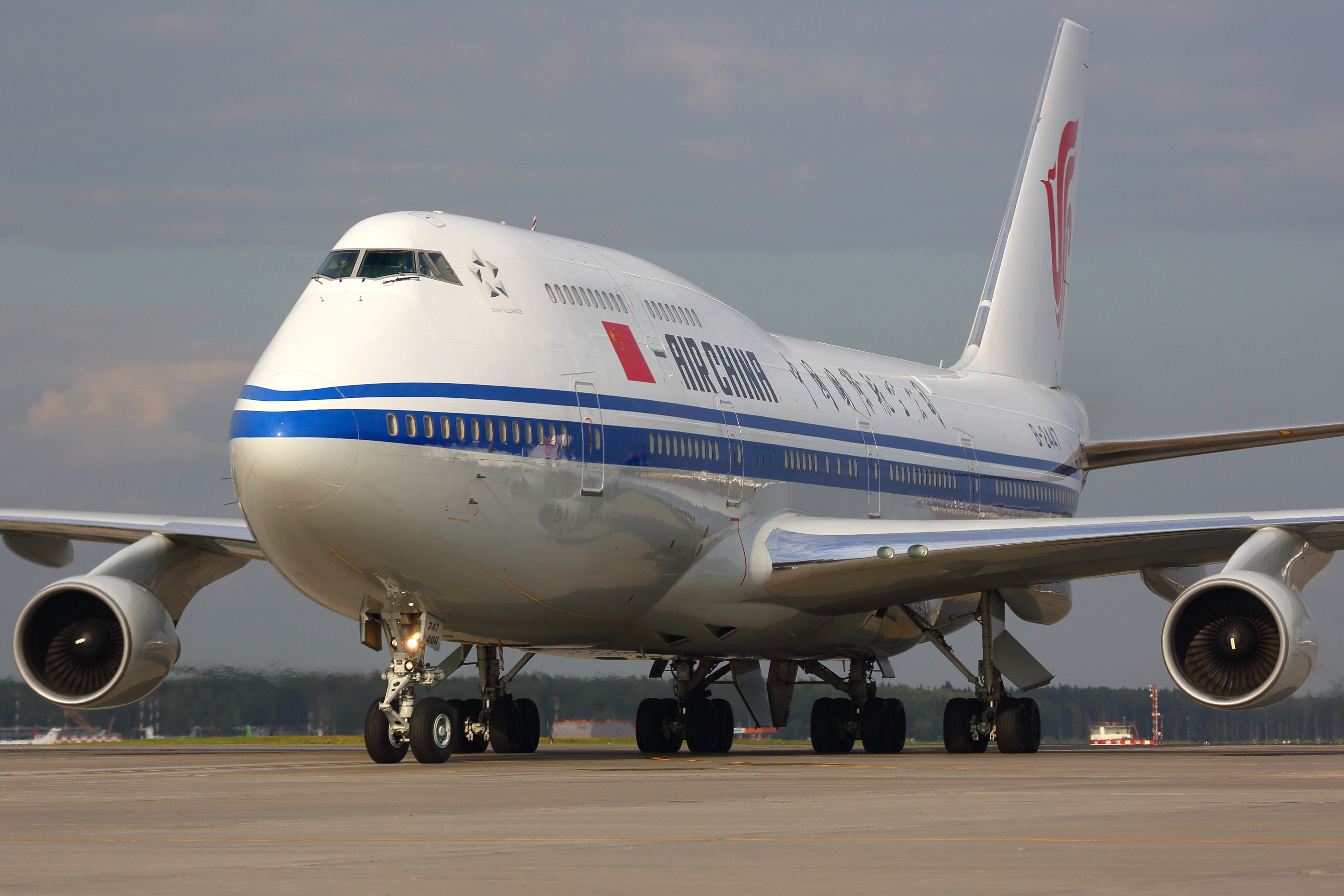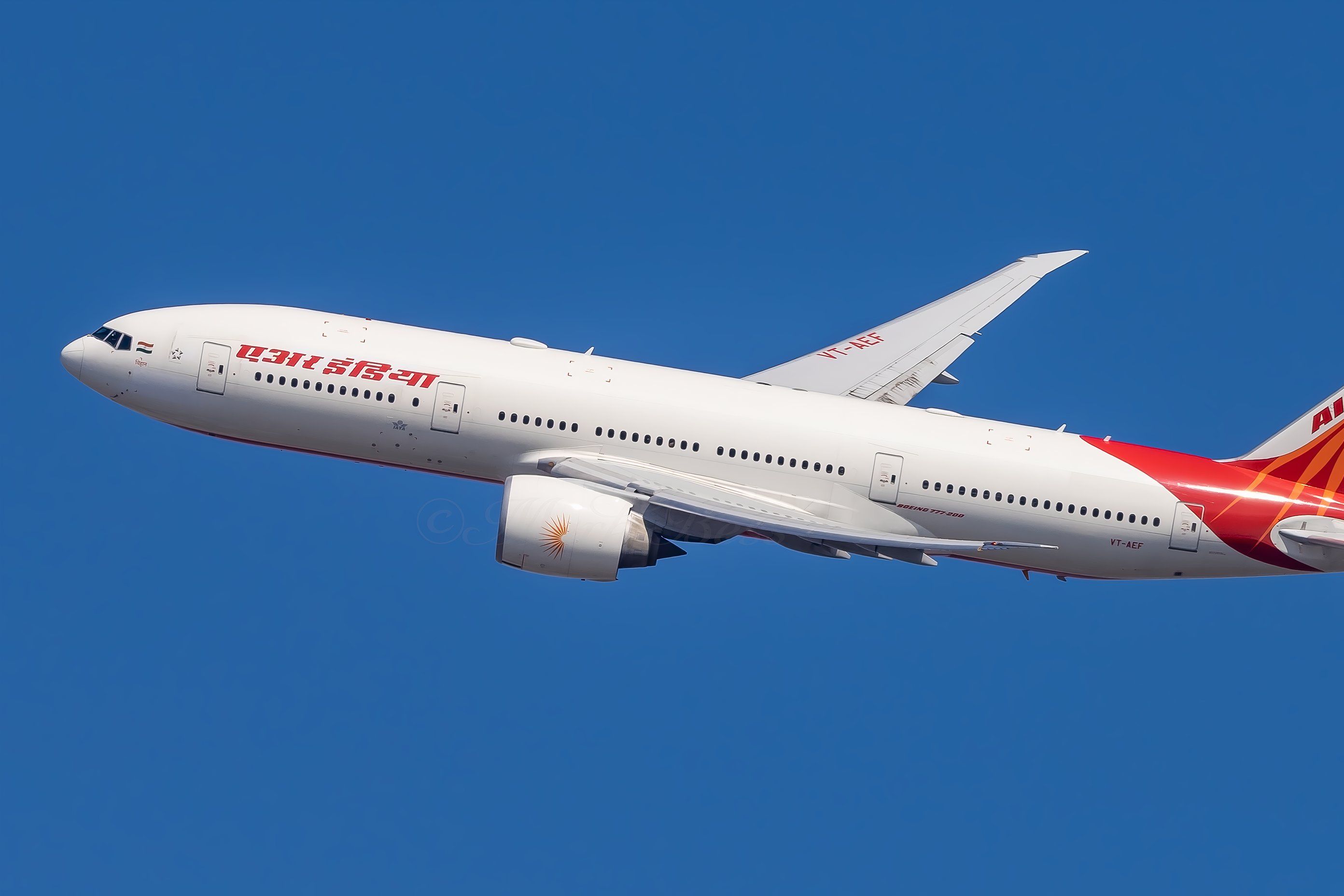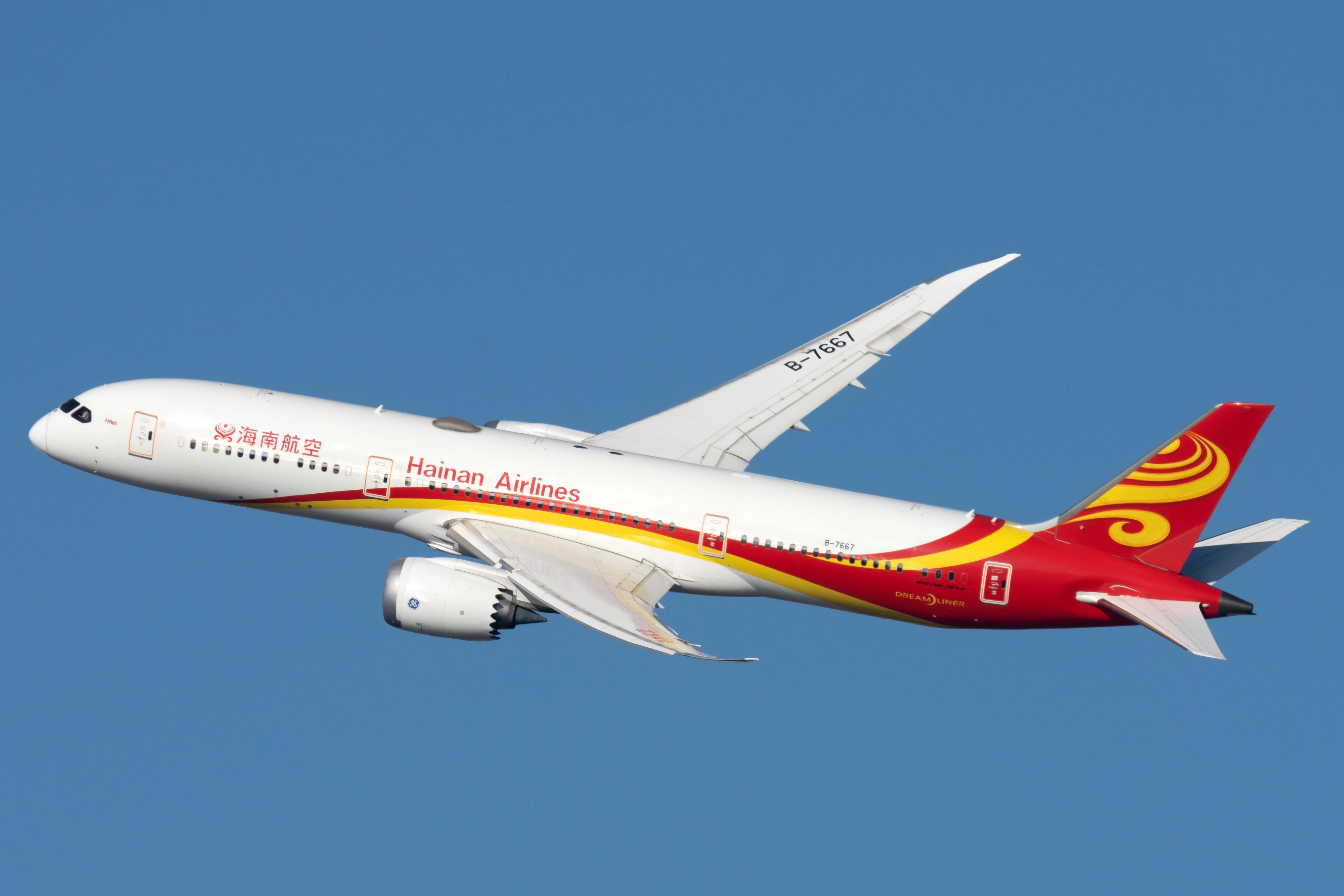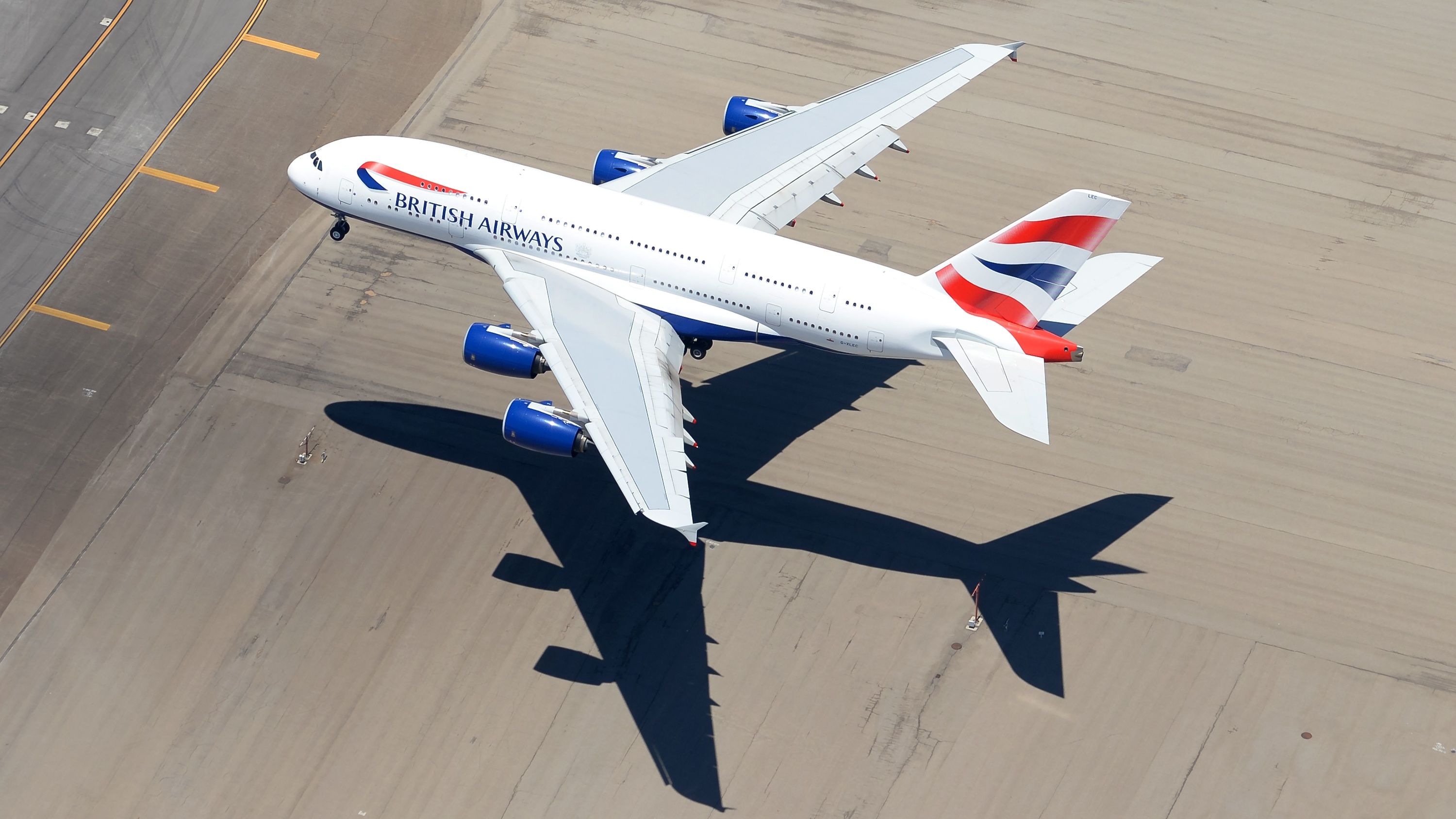Since the COVID-19 pandemic, China’s international flight
profile has radically shifted. This has been mostly driven by geopolitics, with some countries capitalizing on the pandemic to ensure connections were not re-established. This article examines the change in flights between Mainland China
and the United States
, Europe, and India, comparing October 2019 with October 2024 using data from Cirium (an aviation analytics company). Note that this article does not examine
how China’s international flights may have recovered
outside of those regions.
Direct US-China flights
According to Cirium, direct flights between the US and China have collapsed by 74.1% when measured by number of flights and 72.2% when measured by seats. This is driven by the growing geopolitical disputes between the US and China, with the US limiting the number of flights between the countries and the destinations to which its carriers are permitted to fly in China.
Photo: Markus Mainka | Shutterstock
Change in number of direct flights (October 2019 to October 2024):
- US-China: -74.1%
- India-China: -100%
- Europe-China: -7%
The decline in US-China flights has impacted all Chinese and US-based carriers. The greatest percentage fall came from Hainan Airlines, which saw an 88.2% flight decrease (down from 400 to 47), while the smallest drop was Xiamen Air, with a 45.7% decline (from 81 to 44).
|
Select airlines flying China-US: |
October 2024 flights: |
October 2019 flights: |
Change: |
|---|---|---|---|
|
American Airlines: |
62 |
246 |
-74.8% |
|
Delta Air Lines: |
124 |
339 |
-63.4% |
|
United Airlines: |
162 |
584 |
-72.3% |
|
Air China: |
123 |
498 |
-75.3% |
|
Hainan Airlines: |
47 |
400 |
-88.2% |
Whereas October 2019 saw 2,961 flights between the two giants, there are only 768 flights scheduled in October 2024. It is unclear when flights between the countries will recover. It appears they have entered a new age of Great Power Competition, and the United States is more interested in decoupling its economy from China. Aggravating the situation is the closure of Russian airspace to US carriers (that is part of the explanation
why no US airlines fly to China from the East Coast
).
Photo: Fasttailwind | Shutterstock
Currently, the three main international US carriers operate only a total of six flights to two destinations in China (Shanghai and Beijing). Of these, five flights are to Shanghai and
only United Airlines flies to the Chinese capital
.
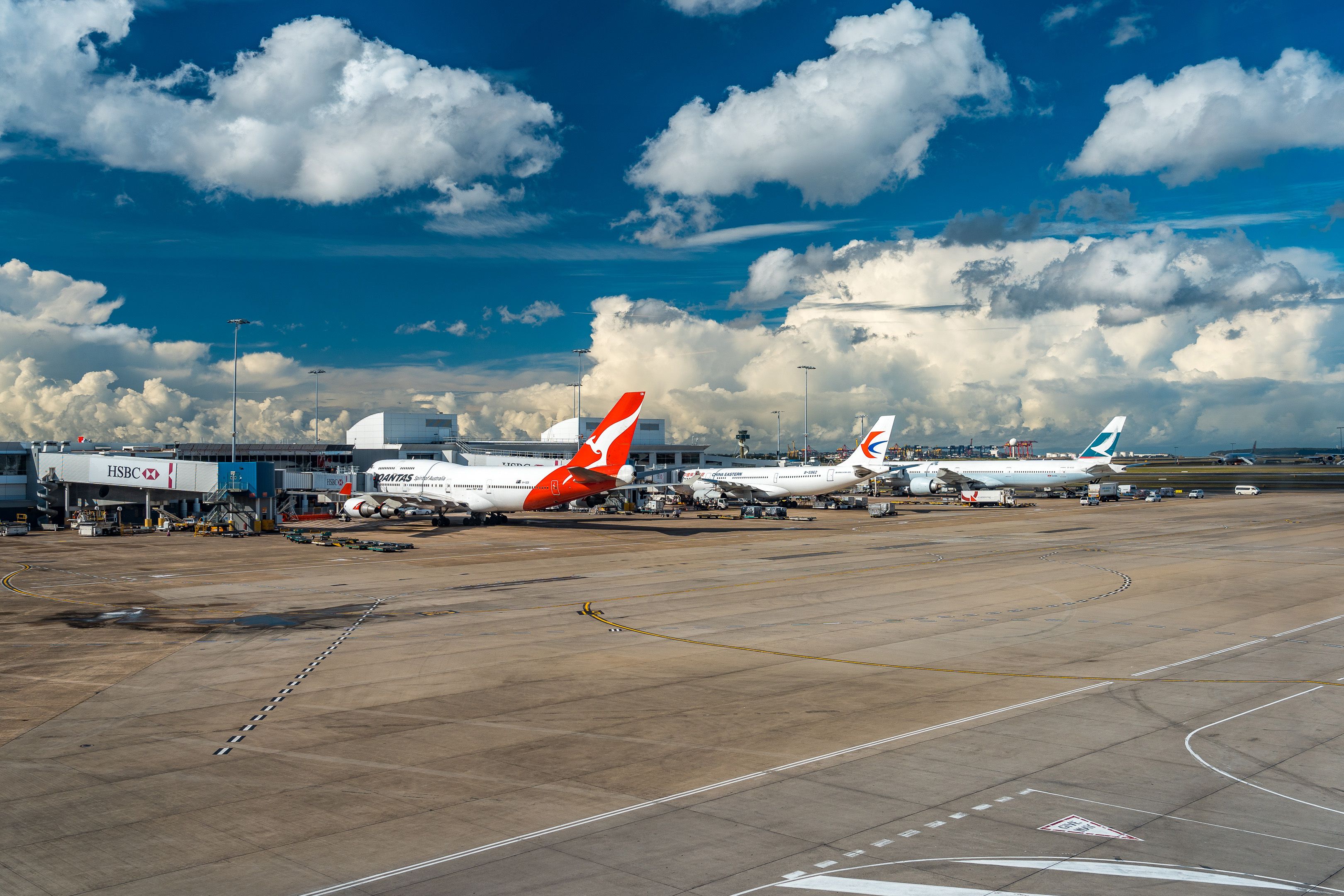
Related
Why International Airlines Continue To Cut China Flights
The Chinese market now seems to be losing its appeal.
Direct India-China flights
While the United States may be working to decouple its economy from China, India is racing to decouple. India and China may be the two largest countries in the BRICS economic block, but India is working to cut China out of its economy. This is a massively under-reported development. India and China are neighbors and are home to one-third of everyone on Earth – there should be many flights between the countries.
|
Select Indian & Chinese airlines: |
October 2024 flights: |
October 2019 flights: |
Change: |
|---|---|---|---|
|
Air India: |
0 |
85 |
-100% |
|
IndiGo: |
0 |
44 |
-100% |
|
China Southern Airlines: |
0 |
123 |
-100% |
|
China Eastern Airlines: |
0 |
131 |
-100% |
The two countries have long been rivals and have long clashed along their mountainous border. But this turbo-charged during the pandemic in the wake of the major 2020 border clashes when dozens of Indian and Chinese border soldiers bludgeoned each other to death (firearms are banned along the border).
Since then, India has banned various Chinese companies (like Huawei) from operating in its country, banned all direct flights, and all but banned Chinese nationals from visiting India (only around 2,000 Chinese visa applications were approved in 2023).
Before the pandemic in October 2019, there were 478 monthly flights carrying 113,009 seats between the two countries, and today, there are none. China’s flights with other countries in the greater region vary (although they have been under strain between the Chinese Mainland and Taiwan in recent years).
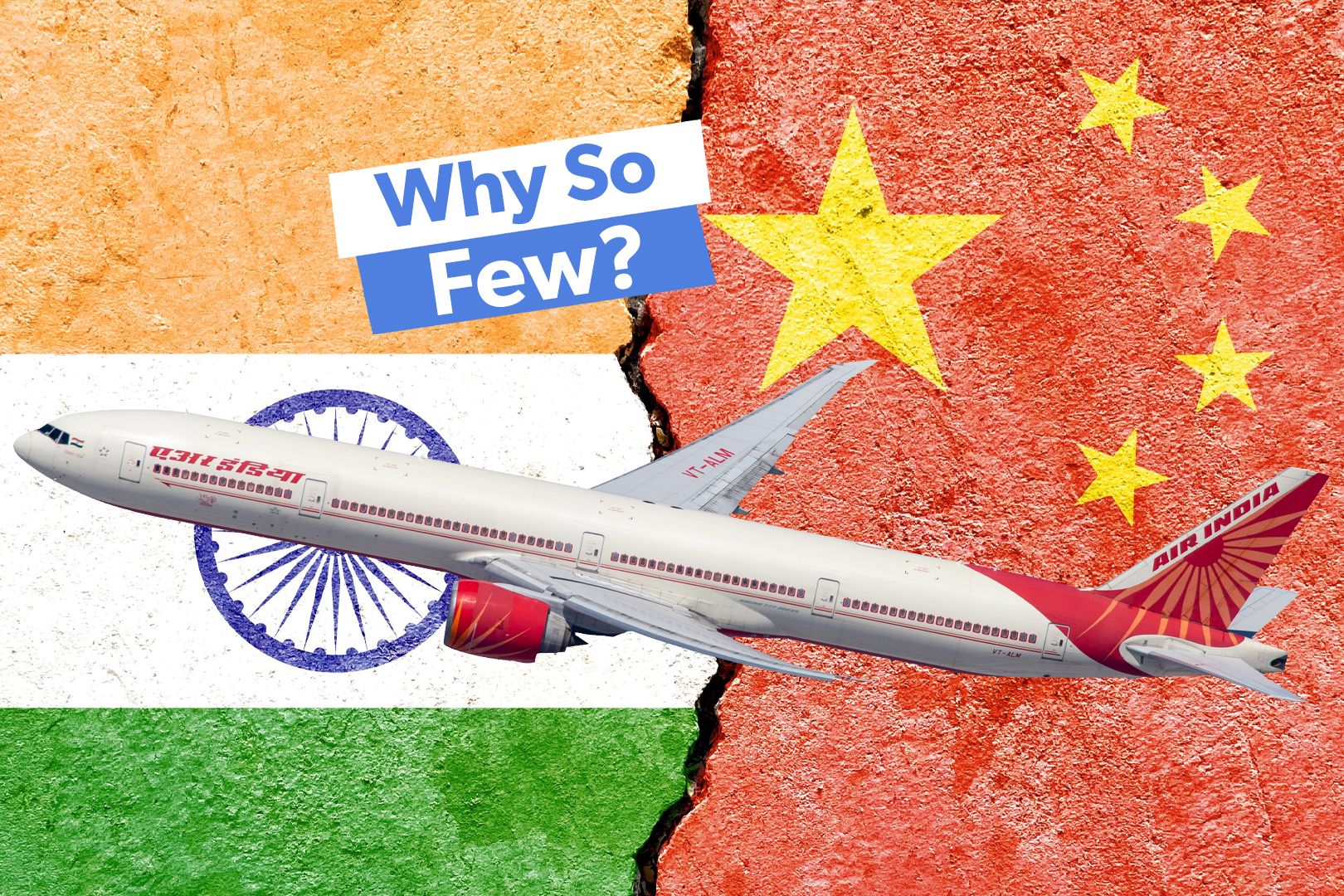
Related
Examined: Why The India-China Market Has Seen So Few Scheduled Flights Since The Pandemic
Despite being neighbors with almost three billion residents between them, India and China currently have no direct flight connections.
Direct European-China flights
While some European countries may have geopolitical motivations for scaling back their economies’ interdependence with China (similar to India and the US), that is not the main reason for the massive shift that has happened. In February 2022, Russia launched its full-scale invasion of Ukraine, and in response, the West enacted sweeping sanctions on Russia.
Photo: Vincenzo Pace | Simple Flying
|
Select European & Chinese airlines: |
October 2024 flights: |
October 2019 flights: |
Change: |
|---|---|---|---|
|
British Airways: |
85 |
148 |
-42.6% |
|
Lufthansa: |
254 |
386 |
-34.2% |
|
Air France: |
114 |
267 |
-57.3% |
|
Air China: |
1,572 |
1,385 |
+13.5% |
|
Juneyao Air: |
140 |
40 |
+250% |
|
Hainan Airlines: |
556 |
454 |
+22.5% |
These measures included banning all Russian flights from European airspace, and Russia responded in kind by banning all European flights from its airspace. This means that European flights now have to take a longer route around Russian airspace to get to China, which has put them at a distinct disadvantage compared to their Chinese counterparts, who can fly over Russian airspace to Europe.
Compared to October 2019, the number of direct flights has only decreased by 7% (from 6,063 to 5,641), but the airlines’ share of flights has pivoted massively to Chinese airlines. Chinese airlines now operate a much larger percentage of flights.
More and more European airlines are completely giving up on flying to China, with
LOT Polish Airlines and SAS being the latest to announce that they will no longer fly to China
. Meanwhile, the Dutch flag carrier,
KLM, has asked the EU to take measures to protect airlines from “unfair” Chinese competition
.

